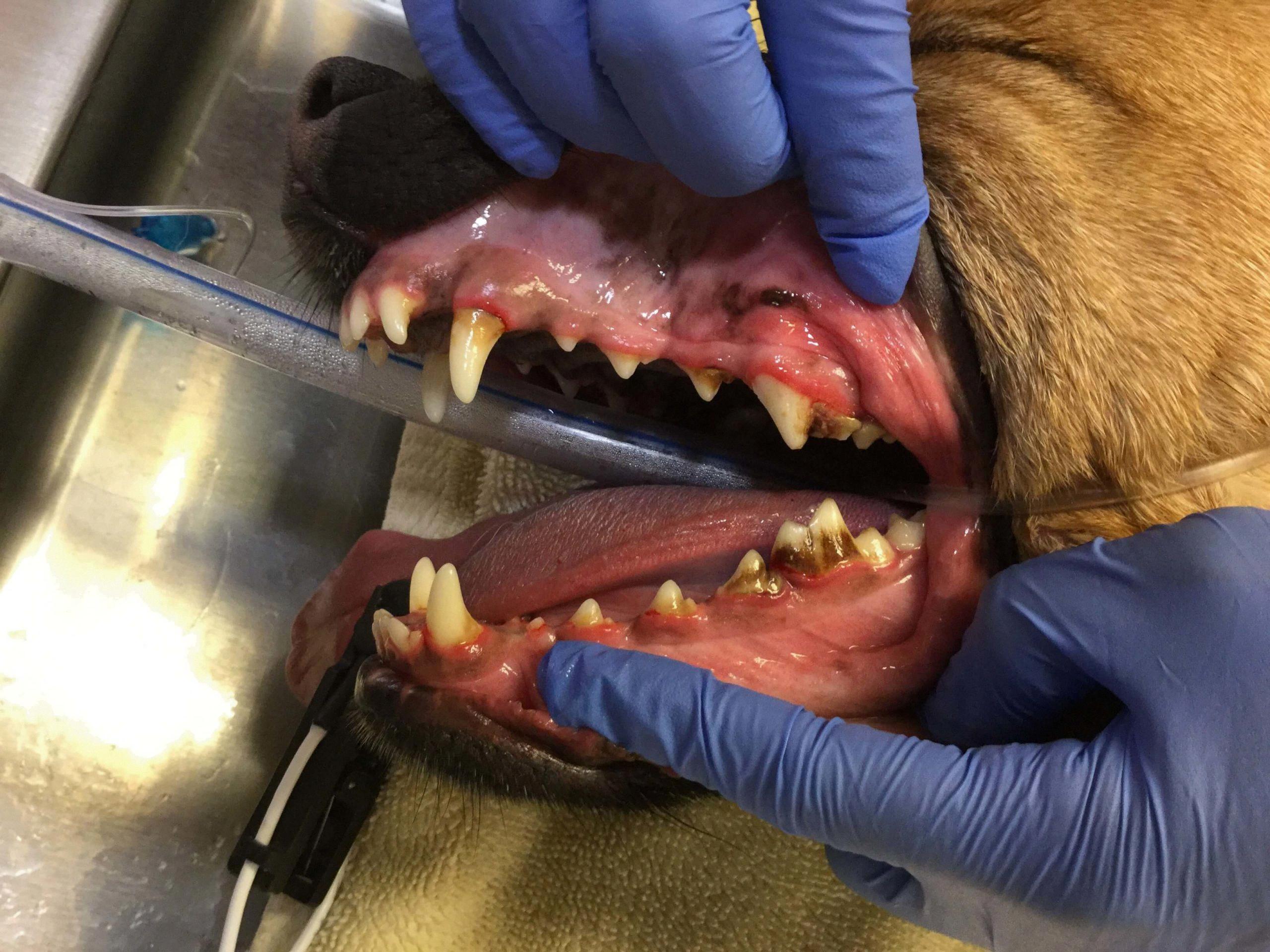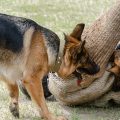Dogs are fascinating creatures that have been bred for a variety of purposes, from herding livestock to being loyal companions. One interesting aspect of dogs that may not be commonly known is that they have teeth that are similar in composition to those of humans. However, there are some key differences in the size and shape of a dog’s teeth, particularly the canine teeth.
Canine teeth are the long and pointed teeth located in the corners of a dog’s dental arches, between the incisors and bicuspids. These teeth are used for biting and tearing, and are often the first teeth to make contact when a dog bites into something. In humans, canine teeth are also present, but they are generally smaller and do not protrude as much as those in dogs.
While dogs and humans share some similarities in terms of dental composition, it is important to note that dogs use their teeth in very different ways than humans. For example, dogs often use their teeth to tear apart their food, whereas humans tend to chew their food more thoroughly. Additionally, dogs may use their teeth in a more aggressive manner when they feel threatened or are playing with other dogs.
One interesting aspect of dogs and teeth is the possibility of dog dentures. While this may not be a routine procedure, it is possible for dogs to receive dentures if necessary. However, this is typically only done in cases where the dog has lost teeth due to injury or disease, and the risks and expense must be carefully considered before deciding to pursue this option.
Dogs with human teeth are an interesting topic to explore, as there are both similarities and differences between the teeth of dogs and humans. While dogs may use their teeth in different ways than humans, it is important to care for their teeth and provide them with proper dental hygiene to ensure their overall health and well-being. And while dog dentures may be a possibility in certain situations, it is important to carefully weigh the risks and benefits before deciding to pursue this option.
Do Humans Possess Dog Teeth?
Humans have canine teeth, also known as “dog teeth”. These teeth are located near the corners of our dental arches, between our incisors and bicuspids. Humans have four canine teeth in total, two on the top and two on the bottom. Canine teeth have a sharp, pointed biting surface and are used for tearing and ripping food. Temporary canine teeth usually erupt between 16-23 months of age, and adult canine teeth replace them between 9-12 years old.

Are Human and Dog Teeth Comparable?
The makeup and chemical structure of dog teeth are similar to those of human teeth. However, there are differences in the size and shape of dog teeth. The most prominent teeth in dogs are the long and pointy canines. Additionally, dogs have more teeth than humans, with an average of 42 teeth compared to the 32 teeth in adult humans. The differences in the teeth of dogs and humans can also be seen in their function. Dogs use their teeth differently than humans, as their canines are used for grasping and tearing while their molars are used for crushing and grinding bones and other tough materials. while there are similarities in the teeth of dogs and humans, there are also notable differences that reflect the unique needs and behaviors of each species.
Showing Teeth to Dogs
You can show your teeth to your dog. Dogs can interpret human facial expressions and body language, so showing your teeth while happy can communicate to your dog that you are in a positive mood. However, it is important to note that some dogs may interpret baring teeth as a sign of aggression, so it is important to be aware of your dog’s individual personality and behavior. If your dog responds positively to seeing human teeth, you can reinforce their behavior with a treat. It is important to be patient and consistent in your training efforts.
Do Dogs Have Access to False Teeth?
It is possible for dogs to get false teeth, also known as dentures. This procedure is not common and is generally reserved for cases where the dog has lost a significant number of teeth or has severe dental disease. The cost of dentures for dogs can be quite high and the risks associated with the procedure must be carefully considered. Additionally, dogs may need to be trained to eat and drink with their new dentures. It is important to consult with a veterinarian to determine if dentures are the best option for your dog’s dental health.
Conclusion
While the chemical makeup of dog teeth is similar to that of human teeth, there are significant differences in their shape and size, with the most prominent being the long and pointy canines. While humans use their teeth for a variety of purposes including biting and chewing, dogs use their teeth primarily for hunting, defending themselves, and playing. It is possible to show your dog your teeth as a sign of happiness and positive reinforcement, and in rare cases, dogs may require dentures just like humans. However, it is important to carefully consider the risks and expenses associated with such procedures. Understanding the differences and similarities between human and dog teeth can help us better care for our furry friends and appreciate their unique traits.












